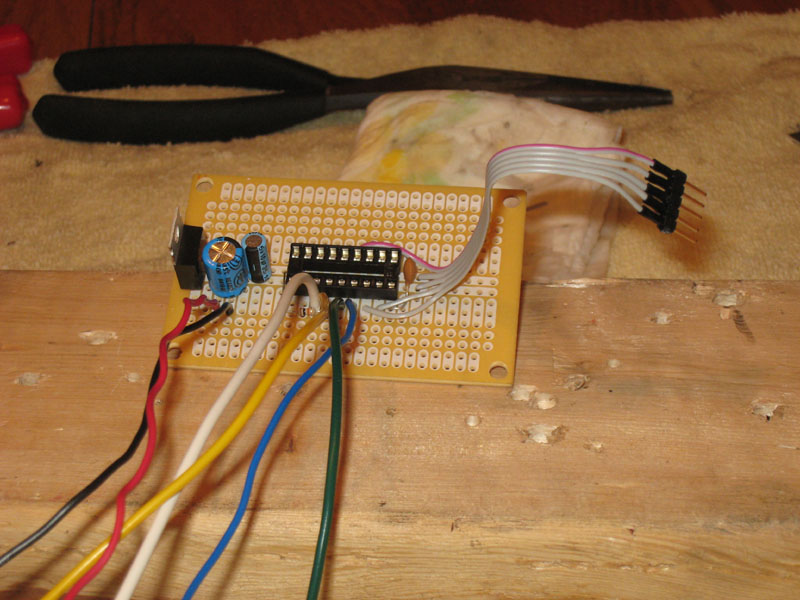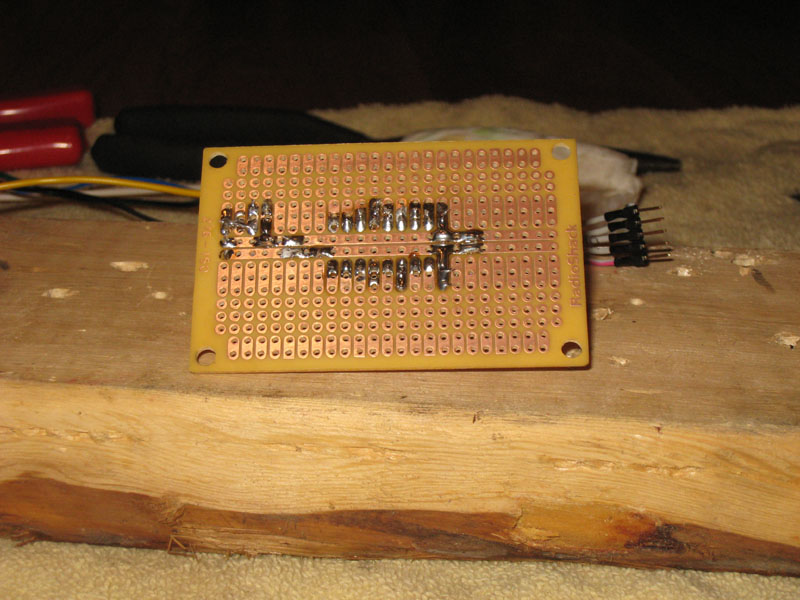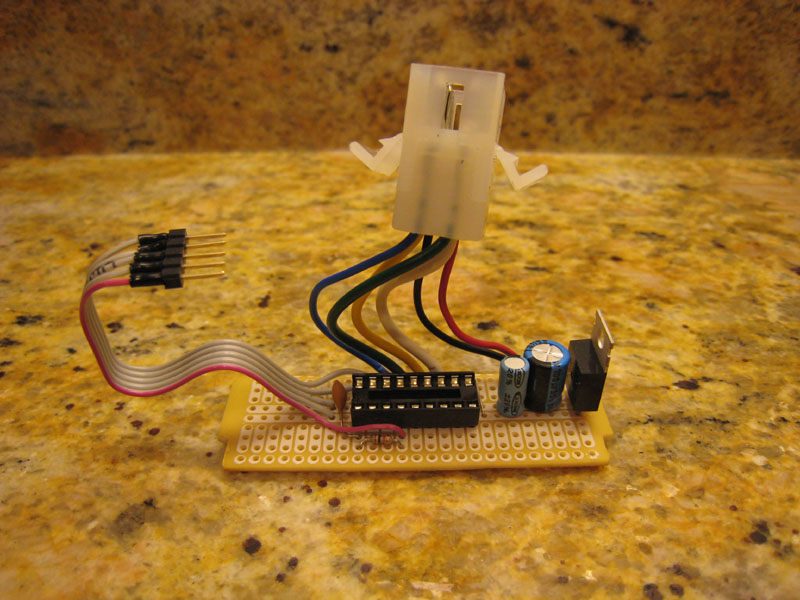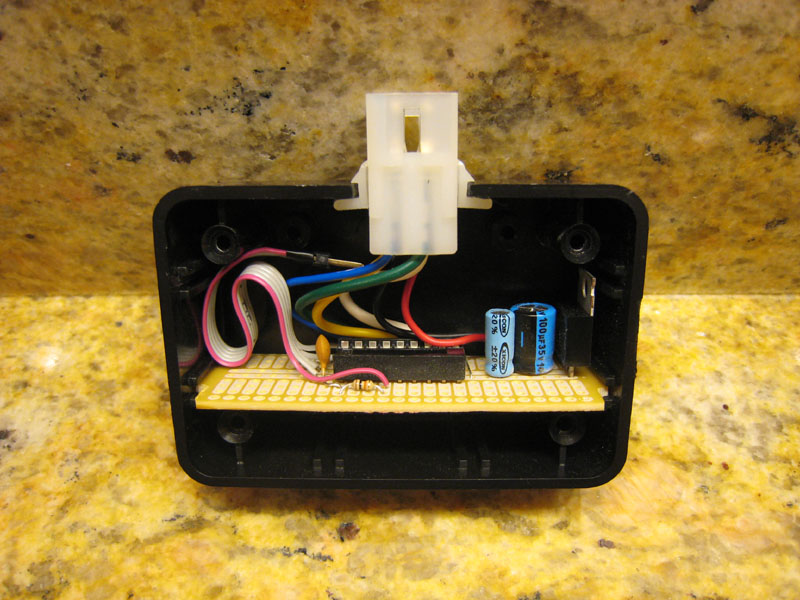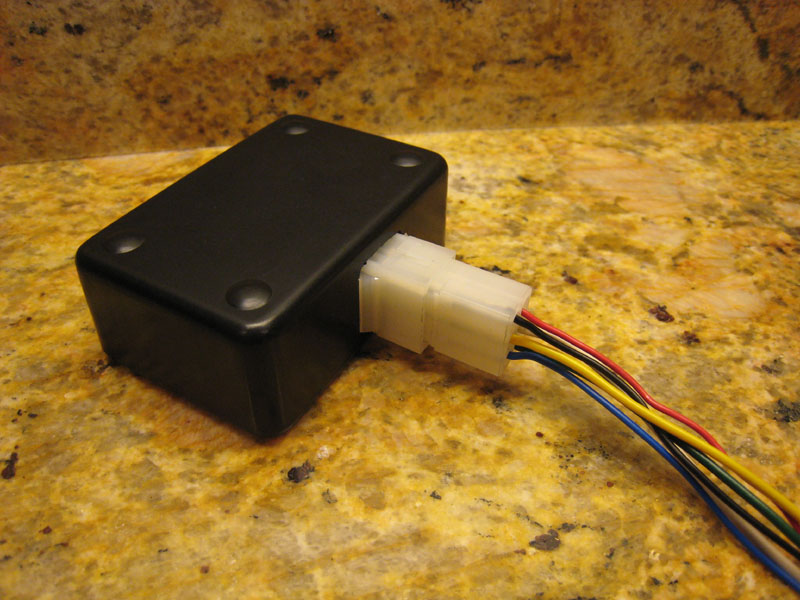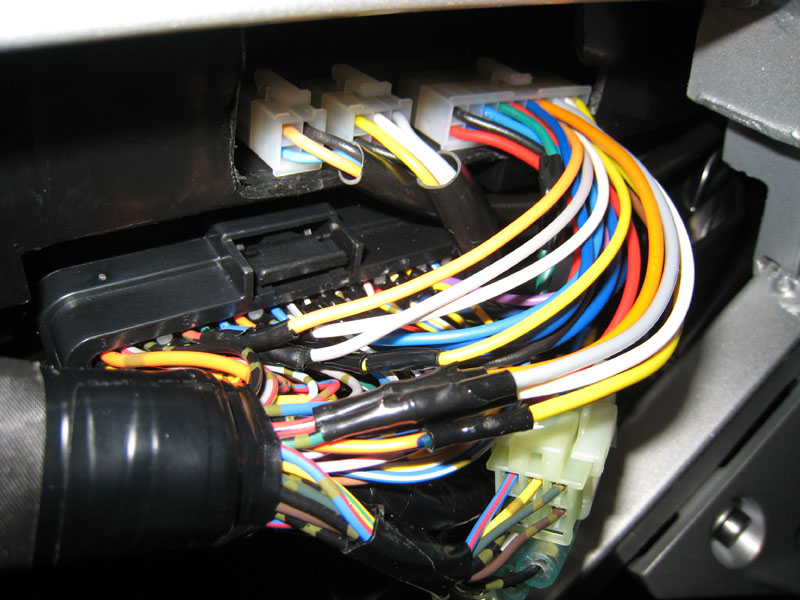UselessPickles
Making Grand Canyon replicas from air boxes...
So I've already got a self-mapping fuel tuning system, and I even have it setup with an economy map that I can switch to while riding, but I haven't been completely happy with it. My economy map is still a compromise. I have to be careful about what areas I lean out and how lean I go, because there is some overlap in areas of the map used for steady cruising and for light acceleration. I can have awesome cruising fuel economy, but stress about whether the bike will hesitate and dump me on the ground mid-corner at an intersection. I found that I only really use the economy mode if I'm going to be on the freeway for a long time, so I'm missing out on a lot of fuel economy opportunity any other time that I'm steadily crusing for shorter periods of time.
What I really need is something like the stock closed-loop mode. I can't use the stock closed-loop mode because I have a wide-band O2 sensor in place of the stock sensor (used for self tuning). My bike is always in a closed-loop mode, but targeting varying customized fuel mixtures as opposed to the stock closed-loop mode targeting a specific lean (14.7:1) mixture only while steadily cruising. Adding the stock sensor back into the exhaust along with the wide-band sensor would just wreak havoc on the self-tuning system.
I thought my only option was to try to convince the maker of my fuel tuning system to add a cruising fuel economy mode (my efforts failed). That is until recently when I started learning to program microcontrollers (for my kid's Power Wheels upgrade).
My solution: program a microcontroller to monitor the throttle position and engine speed, determine when I'm steadily cruising, and automatically switch between the 2 maps on my fuel tuning system rather than requiring me to press a button to switch. Now I'll be able to lean out my economy map exactly where and how I want it for steady cruising only. I'll use less fuel because I'll automatically be in economy mode whenever I'm cruising, but I won't get any lean hesitation when accelerating.
I have an initial version of the code written already, but I'm waiting for the microcontroller to be delivered before I can put the hardware together, wire it up to the bike, and start testing. I'll post more details as I make progress, and pictures when I get something done beside writing code (I guess I could upload the source code if anyone is really dying to see it).
What I really need is something like the stock closed-loop mode. I can't use the stock closed-loop mode because I have a wide-band O2 sensor in place of the stock sensor (used for self tuning). My bike is always in a closed-loop mode, but targeting varying customized fuel mixtures as opposed to the stock closed-loop mode targeting a specific lean (14.7:1) mixture only while steadily cruising. Adding the stock sensor back into the exhaust along with the wide-band sensor would just wreak havoc on the self-tuning system.
I thought my only option was to try to convince the maker of my fuel tuning system to add a cruising fuel economy mode (my efforts failed). That is until recently when I started learning to program microcontrollers (for my kid's Power Wheels upgrade).
My solution: program a microcontroller to monitor the throttle position and engine speed, determine when I'm steadily cruising, and automatically switch between the 2 maps on my fuel tuning system rather than requiring me to press a button to switch. Now I'll be able to lean out my economy map exactly where and how I want it for steady cruising only. I'll use less fuel because I'll automatically be in economy mode whenever I'm cruising, but I won't get any lean hesitation when accelerating.
I have an initial version of the code written already, but I'm waiting for the microcontroller to be delivered before I can put the hardware together, wire it up to the bike, and start testing. I'll post more details as I make progress, and pictures when I get something done beside writing code (I guess I could upload the source code if anyone is really dying to see it).























































